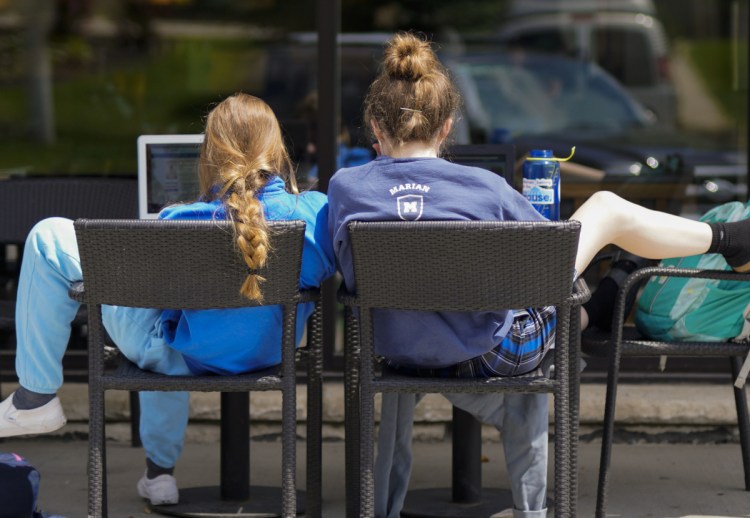Starbucks comes by its reputation as the bellwether of gentrification honestly: Its entry into an area really does predict a measurable change in demographics.
When the coffee giant colonizes a neighborhood, home prices tend to jump. The population tends to get more educated. And younger. And whiter.
New research shows that one new Starbucks predicted an extra 0.54 percent rise in local home prices. But the study also found that’s true of all cafes.
Harvard economist Edward Glaeser and his Harvard Business School colleagues Hyunjin Kim and Michael Luca find it improbable that a coffee chain has direct power over the housing market. Instead, they write, it’s plausible “Starbucks locations are chosen by individuals with very good judgment about where prices are going to increase.”
There’s no chicken-or-egg dilemma here. A new Starbucks strongly predicted a jump in home prices, but rising home prices didn’t strongly predict where Starbucks is going to open a new location, according to their analysis, released in a new working paper from the National Bureau of Economic Research. Starbucks doesn’t follow the gentrifiers, it paves the way for them.
Glaeser, Kim and Luca previously showed it’s possible to combine hundreds of thousands of Yelp entries and create measures that supplement government data. In certain circumstances, the Yelp figures may even be better suited to the task at hand.
“It’s more up to date than a lot of official government statistics,” Kim said, “and it also includes these new data, like cuisines and prices, that might be hard to measure otherwise.”
Urban gentrification is right in the Yelp-data sweet spot. The service is a stronger economic predictor for wealthier, denser, more educated populations, and it’s challenging to measure the real-time progress of gentrifiers through traditional means. It’s the perfect issue on which to test the limits of their data and methodology.

A barista reaches for an empty cup at a Starbucks, commonly referred to as the original Starbucks, in the Pike Place Market in Seattle.
The researchers found they could use the service to predict where gentrifiers would drive up prices. It was more than cafes and coffee shops. Five other businesses – laundromats, barbers, convenience stores, florists and wine bars – were an even clearer sign of incoming hipsters.
The researchers began by identifying the business types most associated with a future increase in house prices. They limited their search to business types that were present in 100 New York City ZIP codes – plus Starbucks, which was close to the line.
Laundromats come in on top, but they’re a bit of an exception – their numbers are boosted by New York City, a place notorious for both out-of-control gentrification and apartments without washing machines.
Convenience stores likewise don’t seem to conform to the hipster stereotypes evoked by fellow chart-toppers such as barbers, florists and wine bars, but in their own way, they show how gentrification can transform the fabric of a neighborhood.
These smaller shops are the first step on the journey from urban food desert to gentrified Whole Foods oasis. They also hint that newcomers, flush with cash, are willing to pay extra for the convenience of having basic goods nearby.
Once the authors knew which businesses predicted an increase in housing prices, they repeated the process for the demographics most associated with gentrification: white people, young people and educated people.
The result was a more detailed look at what gentrification really looks like, in terms of “businesses and landscapes,” Kim said. “Complementing government data with data from these platforms can help us predict better.”
They limited this analysis to New York and a group of other major metro areas for which enough data were available, and compared 2007 to 2011 with 2012 to 2016.Grocery stores top the list, again showing how the money brought by gentrifiers reshapes former food deserts.
Copy the Story LinkSend questions/comments to the editors.



Success. Please wait for the page to reload. If the page does not reload within 5 seconds, please refresh the page.
Enter your email and password to access comments.
Hi, to comment on stories you must . This profile is in addition to your subscription and website login.
Already have a commenting profile? .
Invalid username/password.
Please check your email to confirm and complete your registration.
Only subscribers are eligible to post comments. Please subscribe or login first for digital access. Here’s why.
Use the form below to reset your password. When you've submitted your account email, we will send an email with a reset code.